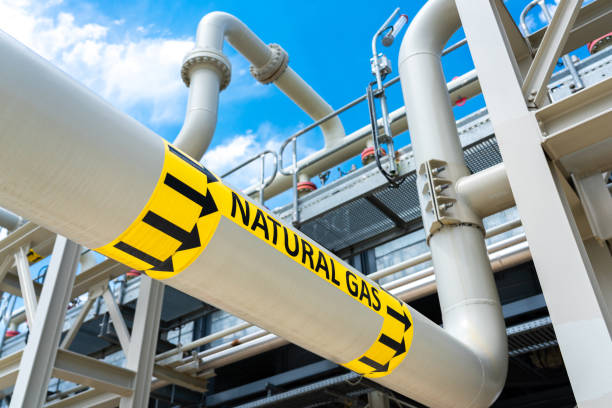
Air friction is a force that is caused by air in which the particles of air hit the entire front and surface area of an object and cause it to accelerate downward. It is dependent on the surface area of the object; if the surface area is less, then fewer air particles hit the object, and overall resistance is also less. Air resistance is a kind of dispersion that occurs between the air and the surface of another object.
The objects experience this force when the air passes through it, and the air resistance and gravity are two fixed forces of nature that act on any object that is present on Earth. Air resistance affects many parts of the world, including the wind that slows a person when they are riding a vehicle, and the way papers flutter when they fall onto the floor. This shows that it is a part of daily life, experienced by almost all people.
The air friction offers various benefits that are discussed in detail below.
The air resistance slows down the speed of moving objects; that is why it is used for passive braking in different applications, including the parachutes that are affected by the increased surface area of objects, and slow down the process of snowfall.
Air friction is essential for air vehicles as it provides stability to aeroplanes by creating the pressure differences that generate the lift needed to balance the aircraft in the air.
The air friction causes the burning of asteroids and meteors up in the sky, after they enter the atmosphere of Earth, preventing them from reaching the ground and causing huge damage.
If the vehicles are streamlined and aerodynamic, they can reduce the air friction and allow the vehicles to travel faster and efficiently; in this way, less energy is consumed.
Air friction causes the objects to free fall at a constant speed, which is termed a terminal velocity. In this way, an object that falls from the sky like hailstones does not fall at its maximum speed.
It is essential to consider the disadvantages of air friction that are discussed in detail below.
The air resistance can reduce the speed of transport, like cars and planes, which require overcoming the air resistance, but the vehicles that are not streamlined require more energy, which leads to the high cost of fuel.
The air friction is reduced by the aerodynamic shapes, so designing a vehicle in these shapes is a complex process that increases the expense of manufacturing vehicles.
It generates heat on a body that is highly moving because the friction between air particles and the surface of an object increases, which converts the kinetic energy into thermal energy. That’s why heat protection is necessary in a body that moves at high speed.
The air resistance must be maintained by the pilot who is handling the aircraft to maintain stability and control. In this way, air friction increases the complications for operating flights.
The air resistance constantly puts forces on the mechanical parts and causes additional stress on the, resulting in gradual damage to these parts and requiring high costs for maintenance over time.
In conclusion, air resistance provides both advantages and disadvantages. It provides stability to the aircraft and provides a natural braking of things that are falling from the sky to prevent damage. But it can reduce the speed of vehicles, which is why more energy is required to run vehicles, and it also requires heat protection as it generates heat in fast-moving objects. It is essential to balance the advantages and disadvantages of air friction to enhance safety and protection. The aerodynamic and heat-protected vehicles should be developed to achieve optimal performance and safety.

This post has been authored and published by one of our premium contributors, who are experts in their fields. They bring high-quality, well-researched content that adds significant value to our platform.


